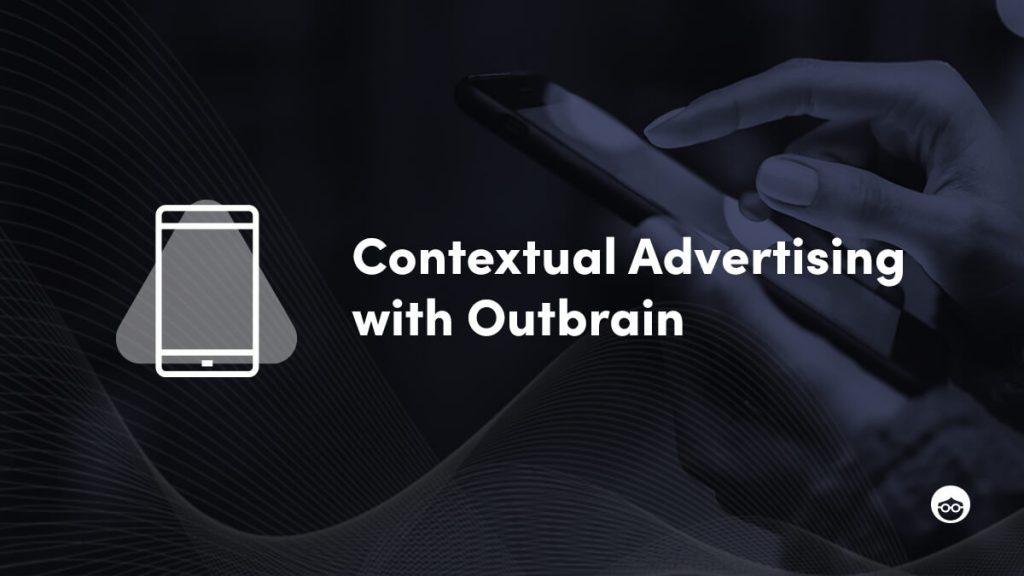
Contextual advertising is the practice of serving ads that align with the content of the page they are placed on (for example, ads for helmets displayed alongside an article about cycling).
With Web 1.0, contextual targeting was commonplace; in fact, it has long been the backbone of many digital businesses. But as advertising technologies grew smarter, the industry shifted to behavioral techniques to drive relevance and advertiser return on ad spend.
Today, in an environment with increasing limitations on personal data and a looming cookieless future, advertisers are returning to contextual products as another way of serving ads without relying on user tracking. While cookies have worked well in the past, they’ve also come at the expense of user privacy online. The elimination of third-party cookies may create some challenges in the industry but it will pave the way toward a more transparent future and secure foundation with users. Contextual promises to offer relevant, high-performing advertising that respects users’ online privacy.
Contextual intelligence has re-emerged as a major currency in media
Outbrain has a head start: we’re powered by 15+ years of contextual expertise and have an advanced recommendation engine at our core. We take a multi-layered approach to finding that next best recommendation for audiences and delivering on the unique goals of our advertiser and publisher partners.
Outbrain’s serving technology is sophisticated and uses 80,000 data signals per second from diverse data sources including contextual signals. It takes 60 milliseconds for Outbrain to process a request and produce a recommendation. This highly efficient process (from receiving the request to rendering) enables Outbrain to generate 25K clicks per second on a publisher’s content and on marketer promoted content (ads).
Building Contextual 2.0
Today, our product and data science teams are building the contextual technology of tomorrow: Contextual 2.0, all about expanding the contextual signals at the heart of our recommendation technology to continue driving strong results in a cookieless world. We are leveraging three key types of contextual signals:
- Deep page analysis
- Location-based inferences
- User intent prediction
Through advanced machine learning and deep contextual signals, our goal is to achieve human-level understanding of content.
The Three Pillars of Contextual 2.0
Outbrain is really excited about the possibilities that deeper contextual signals bring to both publishers and advertisers. Let’s take a closer look at these contextual data pillars and examples of signals we are using, testing and exploring.
Deep page analysis is tied to both the publisher’s and to the advertiser’s content (respectively, pages and ads). It is what people historically mean by “contextual targeting” – what the page/ad is generally about, based on understanding the language and sentences or phrases through categorization. With semantic analysis – the process of drawing meaning from text – we can go even further and interpret text to decipher the sentiment behind them. We can also identify when entities (e.g. brands, organizations, people) are mentioned, and recognize the sentiment tied to them. With probabilistic demographics, we crawl pages and can estimate which demographic group is most likely to read the content.
Location-based inferences are about the time and location of where the pageview is being rendered, or, in other words, where the user is based at the time he or she visits the page on which the ads are placed. These anonymized signals can help better understand the audience an advertiser wishes to reach, without identifying specific users. From location, we can derive multiple types of data, such as weather insights (e.g. “Is it raining in Utah right now?”) or e-commerce feeds (identifying the history of purchases for an area, at a generalized and anonymized level, derived from statistics). In combination, e-commerce feeds and weather insights can yield strong results. Census data, when tied to e-commerce feeds, can also help understand how people act as consumers in certain areas. We are also exploring other data signals to understand the talk of the town, such as Google trends or trending hashtags on Twitter.
Lastly, user intent prediction is about estimating user intent based on anonymous data. This can be done through behavioral analysis, which means interpreting anonymous behavior on a page (e.g. average scrolling speed, amount of clicking, session duration) and can suggest many things about users’ intent (e.g. “Are they focused on the content?”, “Are they skimming through?”). With Cohort analysis, we can look at generalized groups of users with similar behavior and interests and leverage a probabilistic methodology to predict, for example, what a user will read next.
Final Words
Contextual 2.0 allows advertisers and publishers to deliver advertising and editorial recommendations that are aligned with the content on the page, and therefore aligned with the user’s mindset. This results in a more relevant user experience, which can help improve campaign performance. By ingesting and analyzing the billions of engagements that occur on the Outbrain publisher network, combined with the integration of deeper contextual signals, we’re able to better understand which offerings your users will be most interested in.
With contextual at its core and continuous innovation, Outbrain is particularly well-positioned to unlock performance in a cookieless world. We’re extremely excited about the opportunities Contextual 2.0 will bring to publishers and advertisers – Stay tuned!
